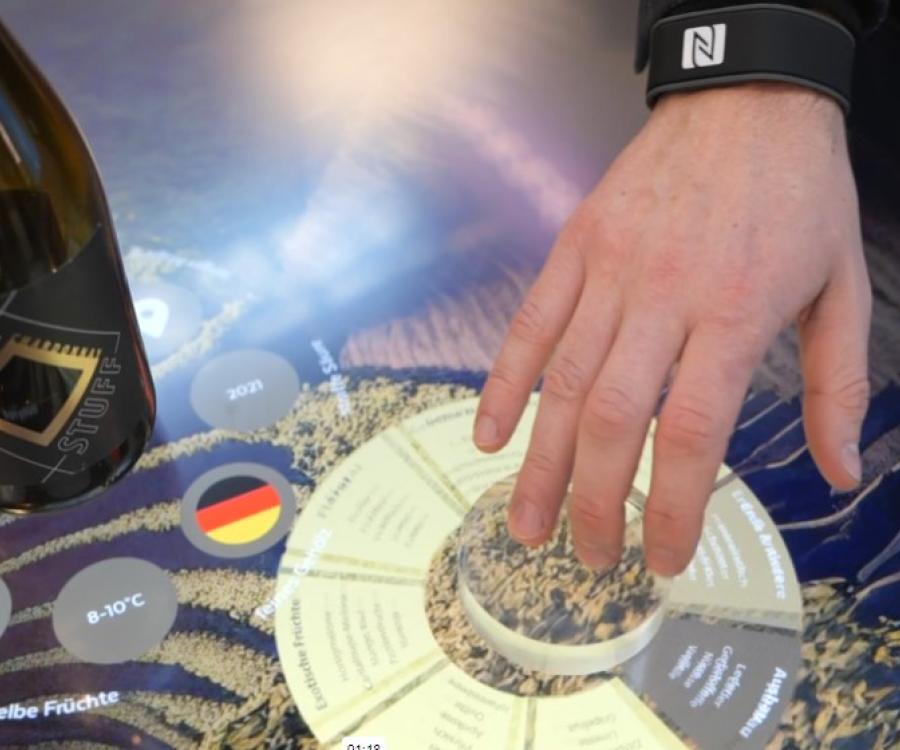
The retail industry is currently affected by one question in particular. ”How do I connect my actual stores with my online store and hence create true multichannel services? “ One potential response to this question is digital in-store communication. Frieder Hansen, CEO of Pyramid Computer GmbH, is an in-store terminal expert. In this interview, he explains what prerequisites these types of terminals need to meet today and how the connection between brick-and-mortar and online stores can be best realized.
Mr. Hansen, right now there is a lot of commotion in the in-store communication market. What does an in-store terminal need to be able to do today for customers to use it?
The keyword here – as so often in retail today – is “multichannel“. The big advantage a terminal equipped such as this gives the retailer is in the connection between eCommerce and brick-and-mortar stores. Just like an online store, the terminals are able to present the entire product portfolio and assist customers in their search for the optimal product.
However, today their use as information terminals is no longer the most important function: current solutions also enable the completion of an entirely autonomous sales transaction. In doing so, the terminals are no longer just a point-of-information but create a digital expansion of the sales floor and thereby increase sales in the store.
At the same time, the customer also perceives the new options as a better type of service. He or she no longer needs to wait for a sales person when looking for additional product information or an alternative. Customers also no longer need to stand in line at the checkout counter to pay, but are able to complete their purchase directly on the sales floor. In this case, the emotional aspect of experiencing products in the store is combined with the advantages of the Internet.
How is the connection between the terminal and the online store realized in an actual application?
Today, most retailers already operate an online store, but all of these stores are different. All of them have their own unique design and specifications. This creates a unique challenge for the connection between the stores and the in-store terminals. By now, there are already several “out-of-the-box” solutions that automatically edit the online store data for the terminal, and can be integrated into any existing IT infrastructure to establish a connection between the terminal and the online store.
Doesn’t this require an extensive IT installation?
Until recently, this was still the case. Now there are several solutions that minimize the time it takes to install, thus facilitating space-saving hardware integration in the store. Flexibility is an especially important factor since retail requirements are constantly changing. IT systems need to be able to adapt to current retail needs.
We introduced this type of solution at this year’s EuroCIS. Retailers can utilize their sales floors to sell products instead of accommodating the infrastructure, thanks to the compact design. Since the server, router, switches, and power supply are located in one single box, this kind of solution virtually no longer needs any space for the store IT connections. The systems can simply be mounted to any available space on the wall.
It is the interaction of several systems that enables retailers to fully take advantage of the benefits in-store terminals have to offer. Aside from the actual terminals, retailers also need a solution for the quick and easy connection of the online store and a compact IT system for the space-saving installation of all of the necessary hardware. In doing so, a connection between distribution channels can be implemented in a manner that is not only flexible but adapts to the needs of the respective retailer.
Interview by Daniel Stöter, iXtenso.com









